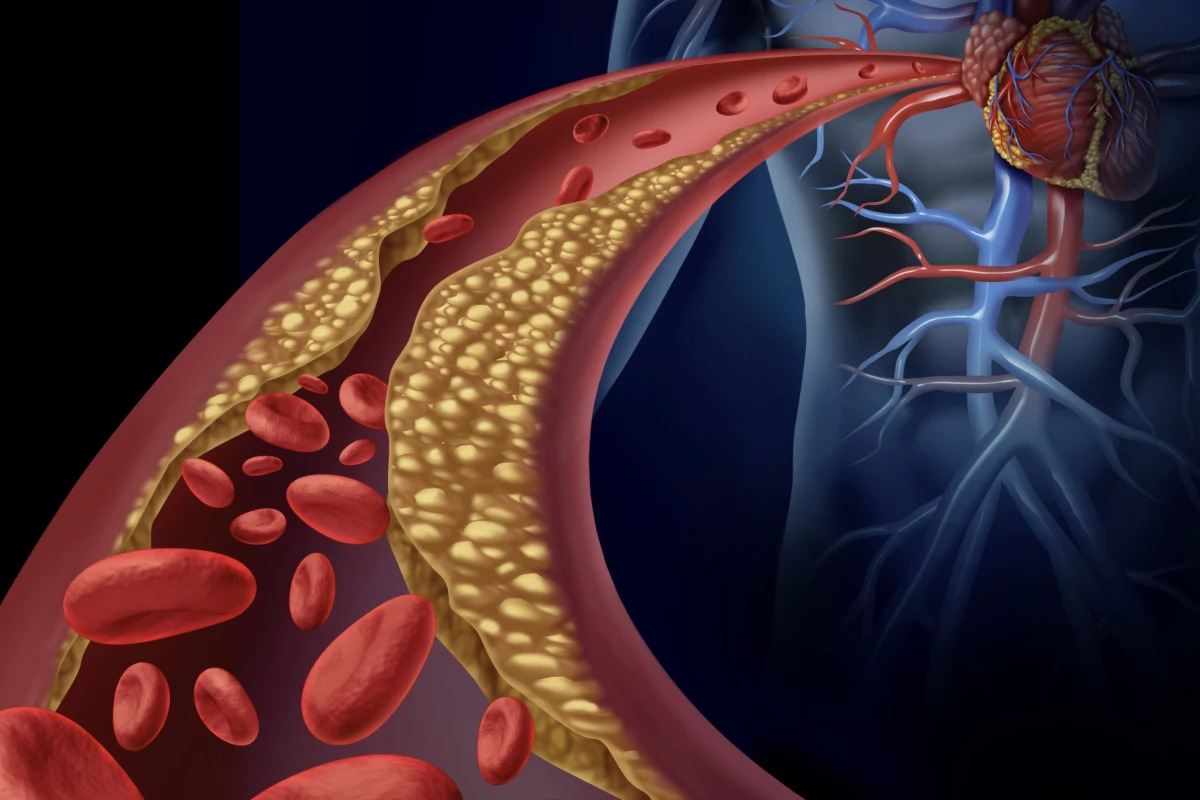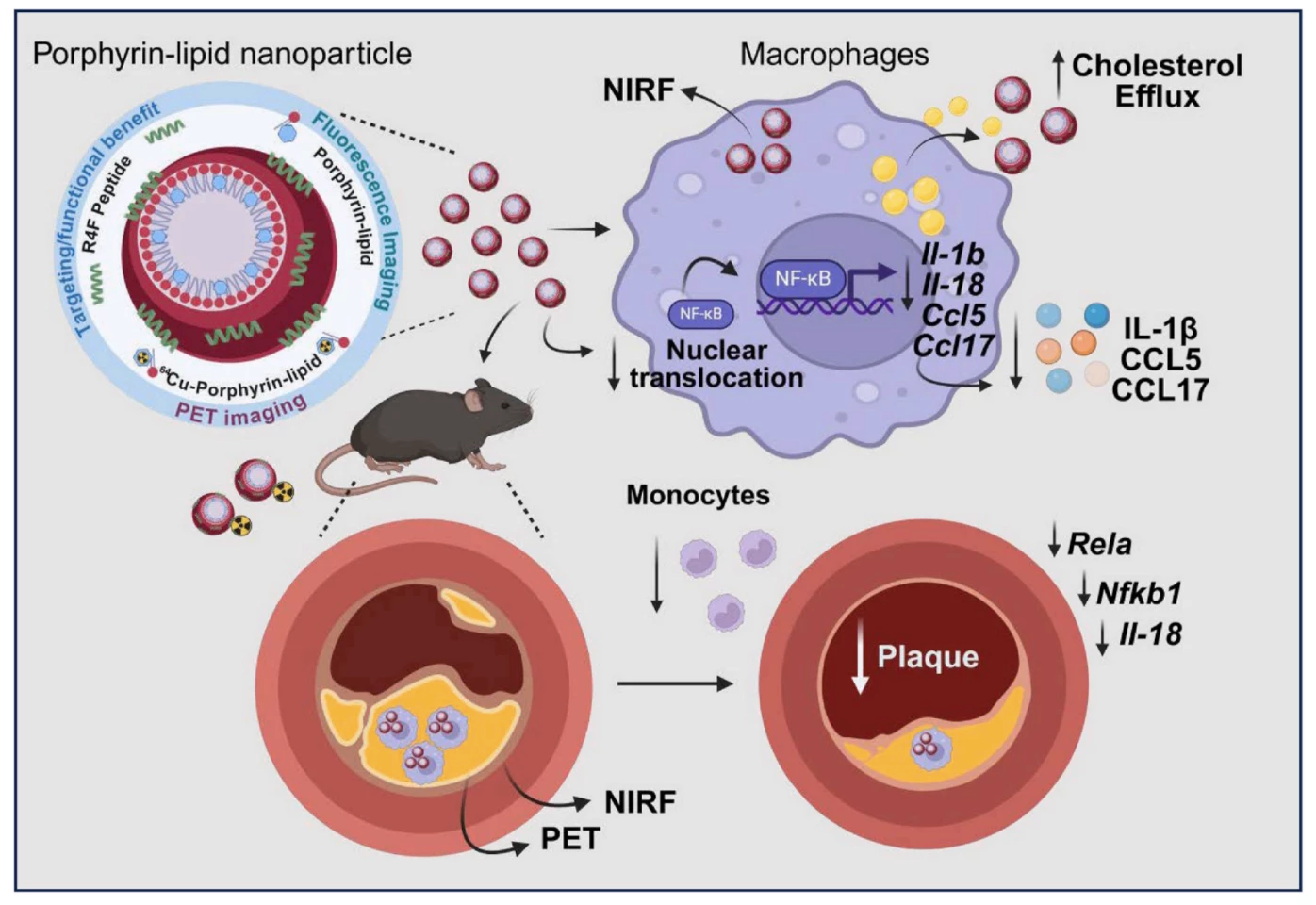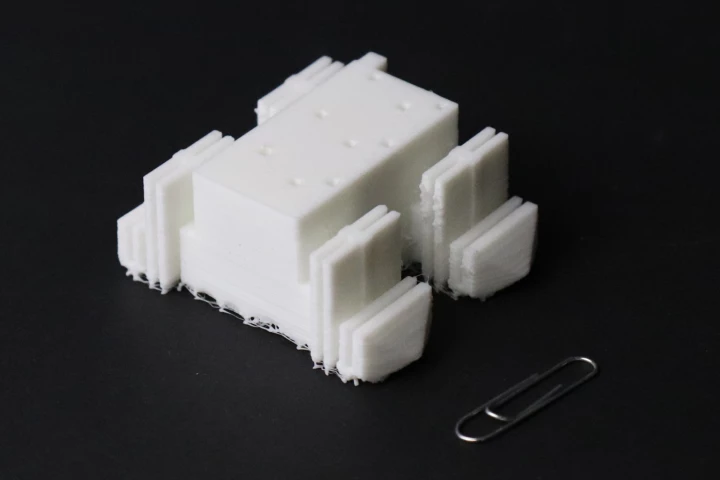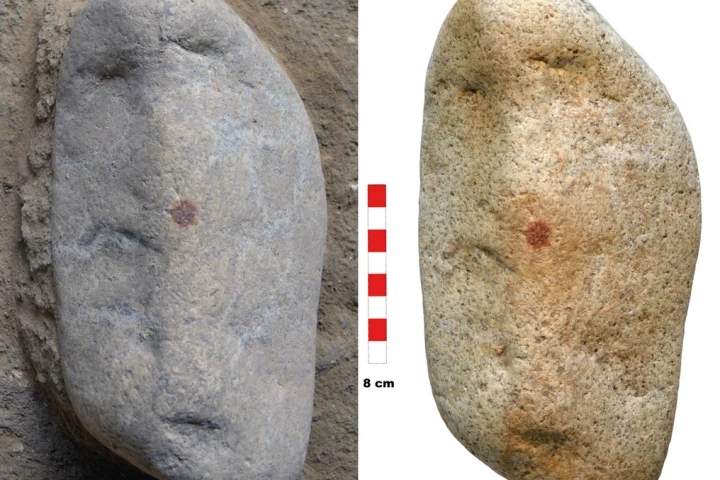 Triple-threat nanoparticles can identify artery build-up, break down the plaques and suppress inflammation. Depositphotos –
Triple-threat nanoparticles can identify artery build-up, break down the plaques and suppress inflammation. Depositphotos –
Researchers at the South Australian Health and Medical Research Institute (SAHMRI), working with scientists in Toronto, Sydney and Melbourne, have engineered porphyrin-lipid nanoparticles, or Por-NPs, which measure just 20 nanometers in width – many times smaller than many viruses like influenza and COVID-19 – coated with a peptide called R4F. This peptide directs the nanoparticles to seek out macrophages, the immune cells that absorb cholesterol in artery walls. This is an important stage – as when these macrophages become overloaded trying to “clean up” too much cholesterol, they swell and turn into foam cells that contribute to plaque build-up and inflammation.
This process is known as atherosclerosis – the build-up of fatty, inflamed plaques in arteries – and is a leading cause of heart attacks and strokes. While statins and other cholesterol-lowering drugs reduce risk, they can’t easily identify or directly shrink dangerous plaques once they form.
“One of the key challenges in treating atherosclerosis is that inflammation fuels plaque build-up, creating a vicious cycle,” said study lead Dr Victoria Nankivell from SAHMRI. “Our nanoparticles help break that cycle, which could lead to better long-term outcomes for patients.”
The nanoparticles have two main features: the porphyrin-lipid core naturally glows under certain light and can also be tagged with a radioactive isotope called copper-64. That means the particles can be tracked in living tissue, flagging early signs of heart disease. At the same time, once they are taken up by macrophages, they help those cells offload some of their stored cholesterol and suppress the natural inflammatory response.
It’s not the first time nanoparticles have been explored as a way to treat arterial build-up and inflammation, with scientists at Michigan State University and Stanford University developing a different model based on the same principle – tiny particles that can eat away portions of the plaques that cause heart attacks. And, in 2024, the Michigan University scientists reported promising results from their most recent arterial-clearing nanotechnology.

In this latest study, the researchers used mice predisposed to atherosclerosis, with the animals also fed a high-fat diet. Following treatment, PET and fluorescence scans could identify the nanoparticles inside arterial plaques and monitor changes. In mice with early signs of atherosclerosis, the nanoparticles shrunk plaque size by 23%, compared with untreated mice. And in mice with more advanced conditions, with unstable plaques that are more likely to rupture, treatment reduced the plaque size by 52%.
The nanoparticles also changed the immune system activity that fuels plaque growth. Levels of monocytes – inflammatory white blood cells that move into artery walls and become macrophages – fell by 32%. What’s more, inside the plaques themselves, the number of monocytes was cut by 81%, compared with untreated mice, and the genes that normally drive inflammation inside the arterial walls were dialed down.
“What sets these nanoparticles apart is their ability to interact directly with immune cells in the arteries, drawing out cholesterol and helping the body process it more effectively,” Nankivell said.
After doing their work in the arteries, most of the nanoparticles ended up in the liver, which absorbed them and processed the cholesterol they were carrying – much like the organ would do normally with cholesterol. And the researchers found no evidence of harmful build-up in the liver, suggesting this cholesterol clearing system functioned as usual.
“These nanoparticles don’t just detect arterial plaque in arteries, they can also suck it up and take it to the liver, lowering inflammation,” Nankivell added.
While still in the early stages of development, the nanoparticle technology has the potential to be used in conjunction with existing treatments to better manage heart disease. in the future, Por-NPs could offer cardiologists a way to both see and treat dangerous plaques before they cause major events.
It also adds to the fast-growing field of nanomedicine, which is being explored for…[for the balance of this extremely important article please visit: https://newatlas.com/heart-disease/nanoparticles-artery-plaque/]
–
The research was published in the journal Materials Today Bio.
Source: South Australian Health and Medical Research Institute
–
























